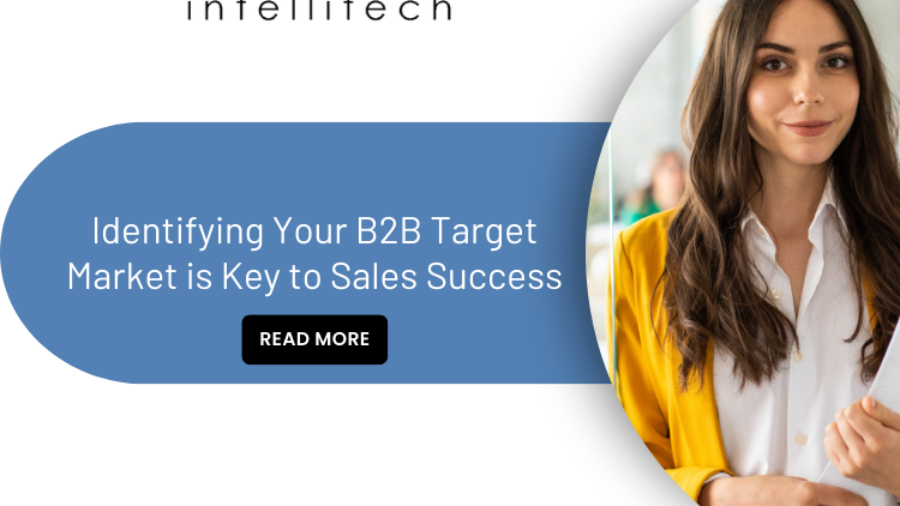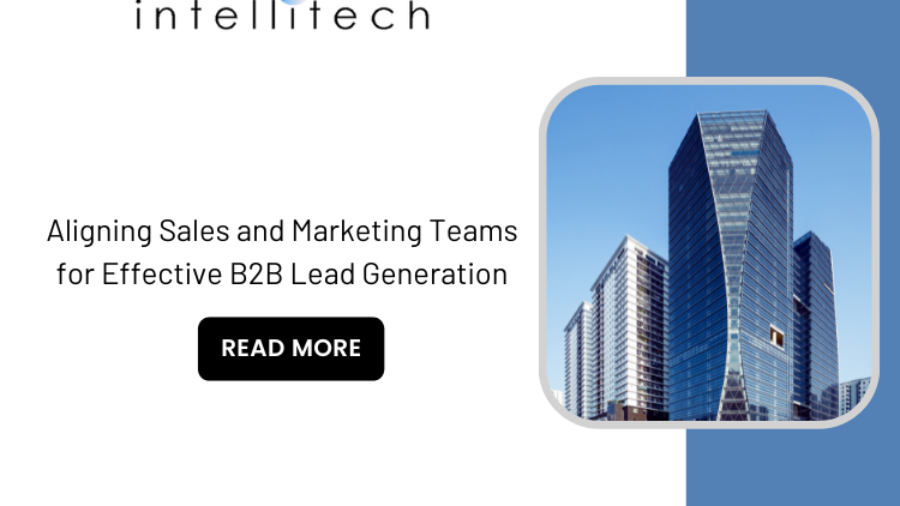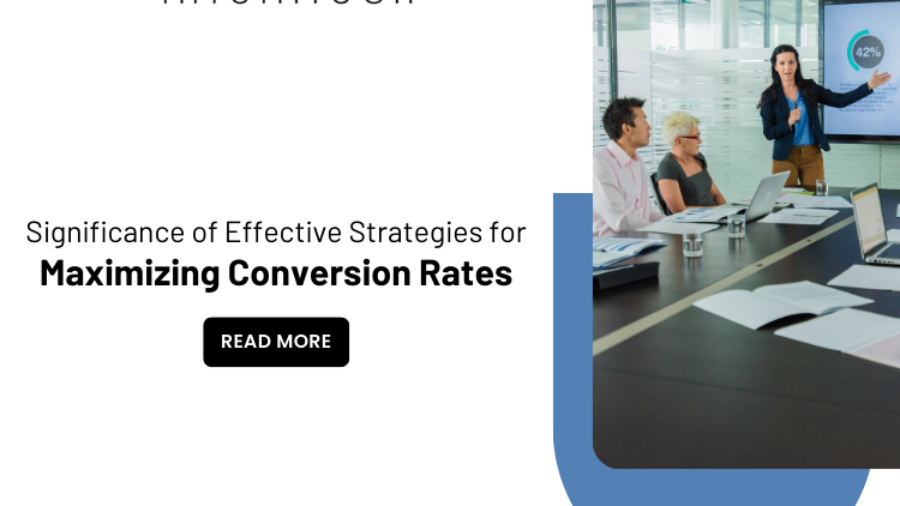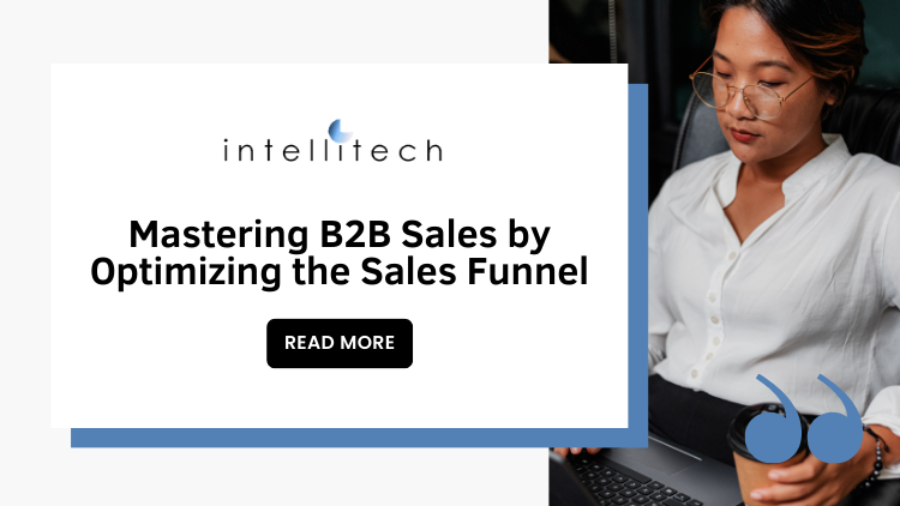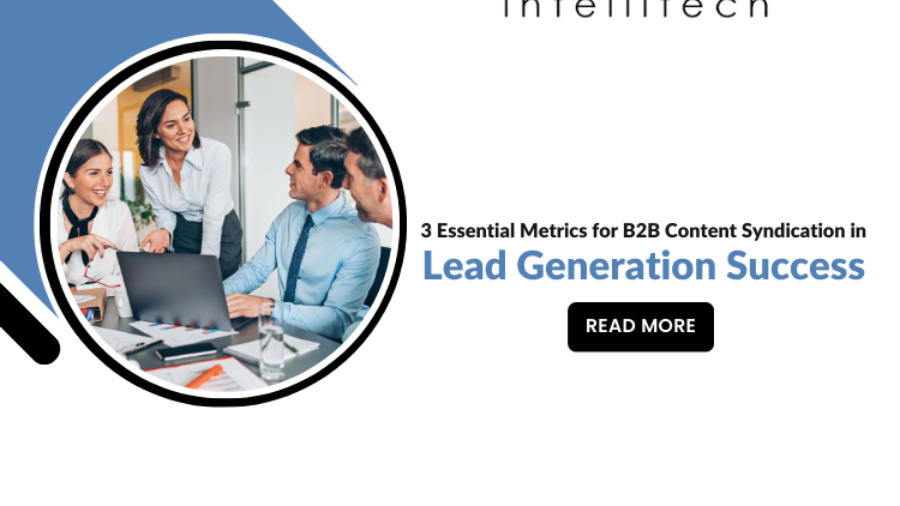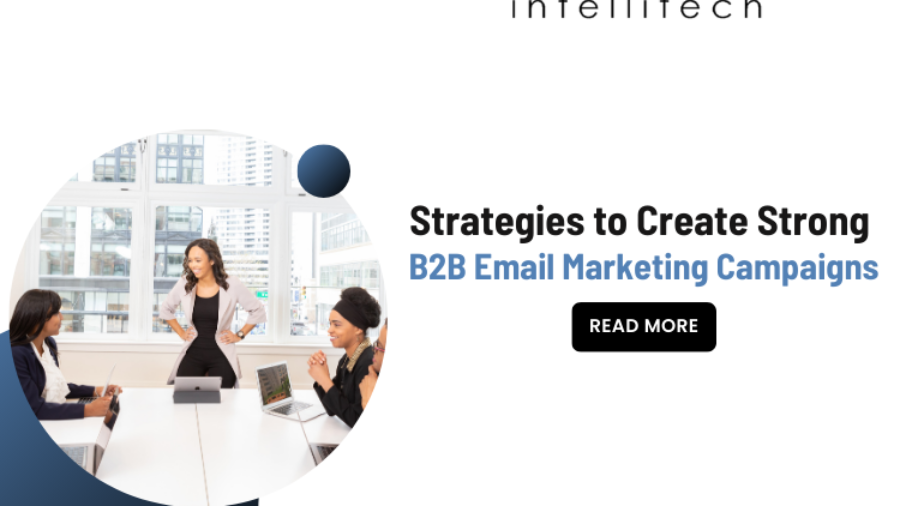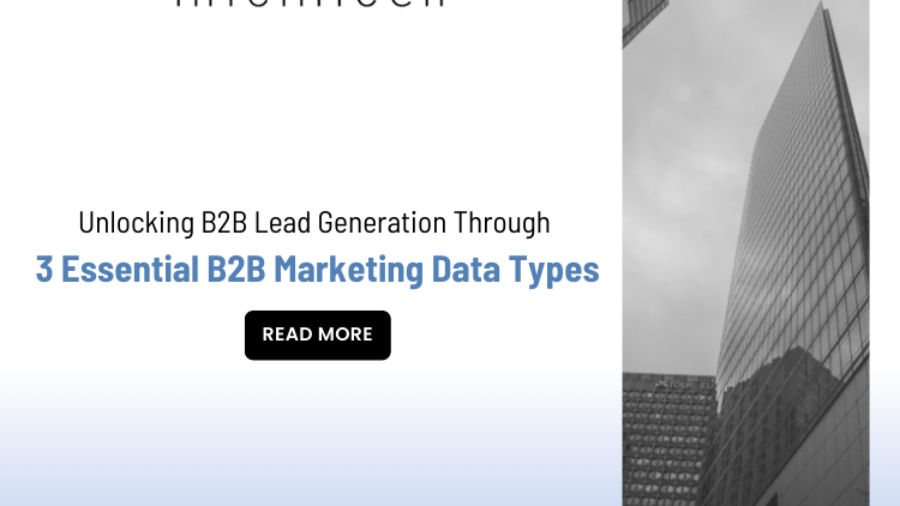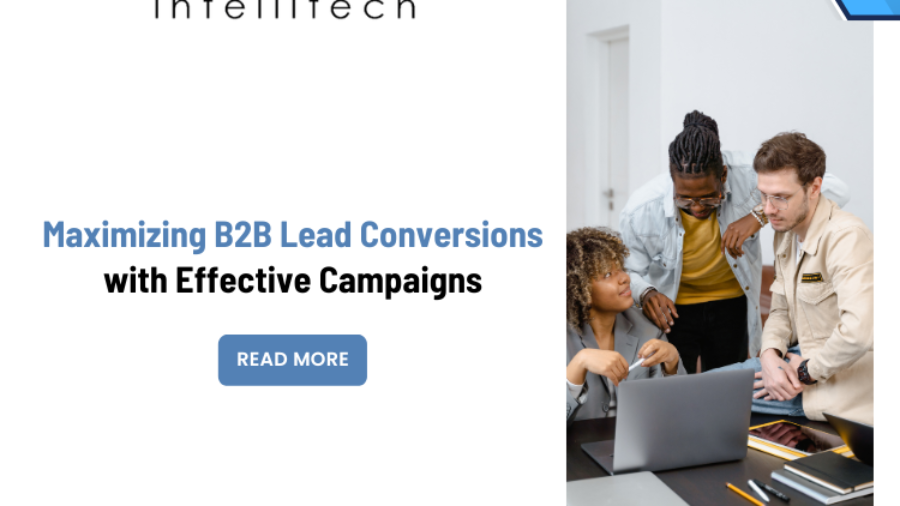In the vast landscape of B2B sales, success isn't just about having a great product or service; it's about knowing who needs it most. Identifying your B2B target market is like navigating with a compass in a dense forest—it's your guiding light to B2B sales success. Understanding your B2B audience allows you to tailor your marketing efforts, hone your messaging, and ultimately, drive revenue growth. Let's delve into why pinpointing your B2B target market is crucial and how to do it effectively.
Conduct Market Research
Start by gathering data on your existing customers. Look for common characteristics such as industry, company size, location, and pain points. Analyze trends and patterns to identify clusters of similar customers. Additionally, leverage market research tools, surveys, and industry reports to gain insights into broader market trends and opportunities.
Create Buyer Personas
Once you have a clear understanding of your customer base, develop detailed buyer personas representing your ideal customers. These personas should include demographic information, job roles, challenges, goals, and buying behavior. Use these personas as a framework for crafting targeted marketing campaigns and sales strategies.
Evaluate Market Potential
Assess the potential size and profitability of different market segments. Consider factors such as market growth rate, competition intensity, and barriers to entry. Focus on segments where you can offer unique value propositions and achieve sustainable competitive advantage.
Conclusion
In the competitive landscape of B2B sales, identifying your target market is not just a strategic choice—it's a necessity for survival and success. By understanding who your ideal customers are and what drives their purchasing decisions, you can tailor your marketing and sales efforts for maximum impact. Remember, it's not about reaching everyone; it's about reaching the right ones. So, take the time to identify your B2B target market, and watch your sales soar.

